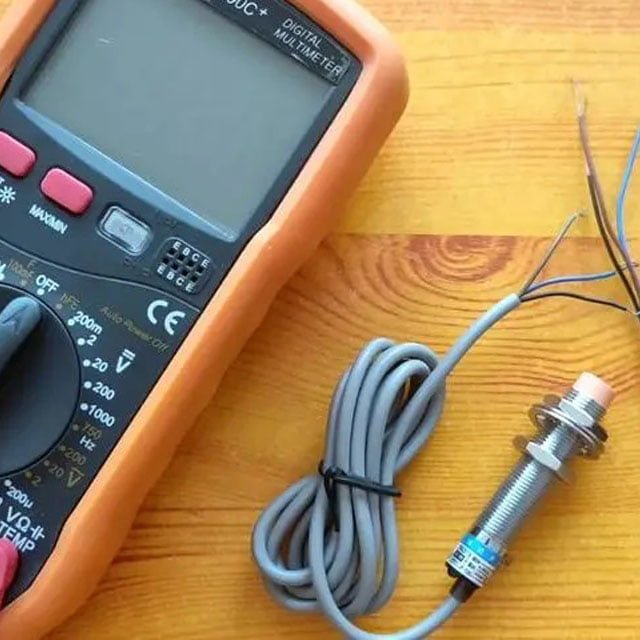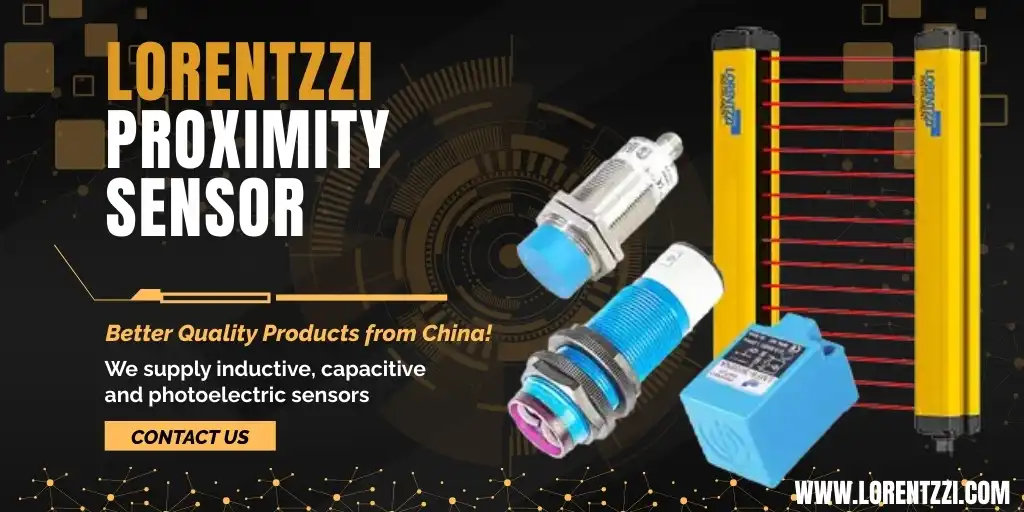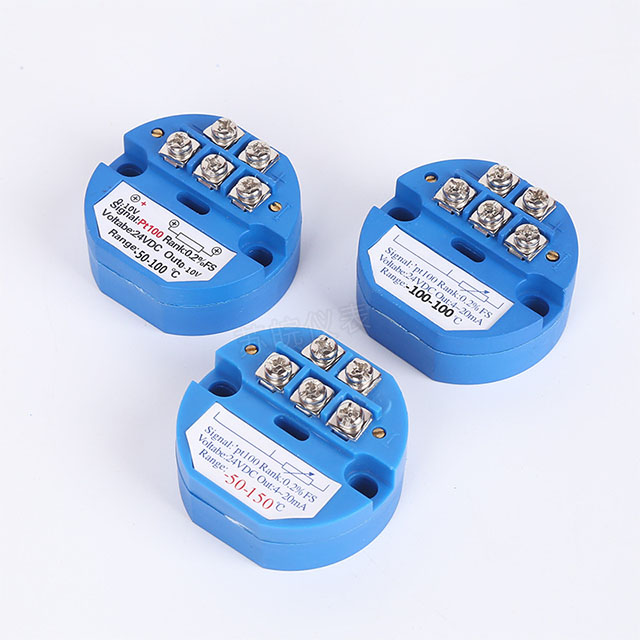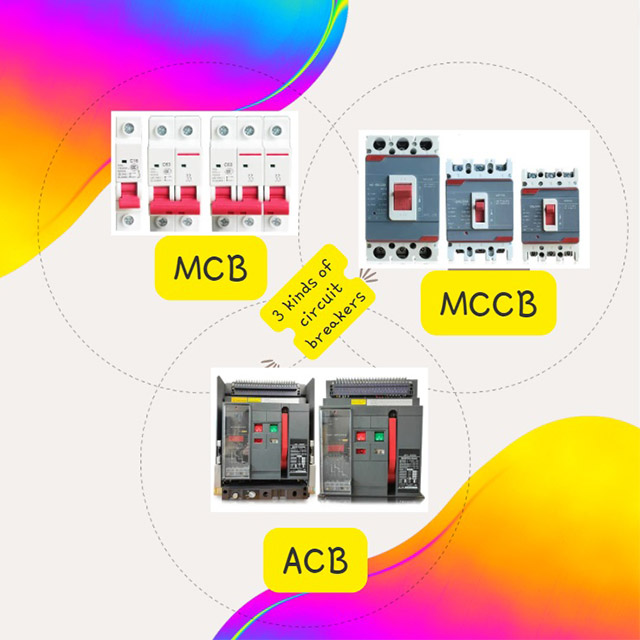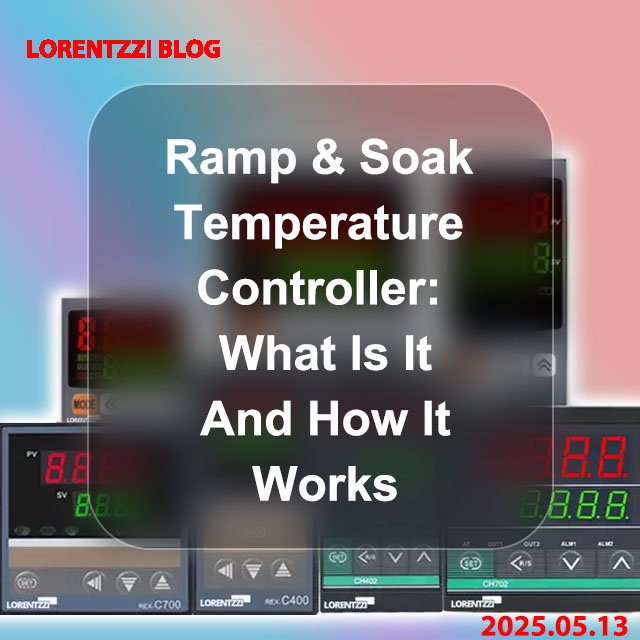En este artículo, presentaremos cómo detectar un sensor de proximidad.
Los interruptores de proximidad incluyen interruptores de proximidad inductivos, capacitivos y fotoeléctricos, cortinas ópticas de seguridade interruptores de proximidad.
Su principio de funcionamiento es básicamente el mismo, es decir, cuando el objeto medido se encuentra dentro de su rango de detección, el circuito se activará o desactivará.
El interruptor de proximidad se utiliza ampliamente, incluyendo el control de nivel de líquido, el recuento de productos, la discriminación de anchura, la detección de velocidad, el reconocimiento de agujeros, la detección automática de puertas, la detección de marcas de color, los manipuladores y otros campos de protección de seguridad que pueden causar daño al cuerpo humano.
Además, utilizando la ocultación de los rayos infrarrojos del interruptor fotoeléctrico, también se puede utilizar como advertencia antirrobo en bancos, almacenes, tiendas y otras ocasiones en las que sea necesario.

Dado que el uso del detector de proximidad está tan extendido, ¿cómo juzgar si es bueno o malo en aplicaciones prácticas?
En primer lugar, el interruptor de proximidad de tres hilos tiene dos salidas, PNP o NPN, tensión de trabajo: 3-36V.
Cuando instalamos el interruptor de proximidad, si no entendemos el principio, no podemos instalarlo y utilizarlo.
Utilizar un multímetro para comprobar un sensor de proximidad
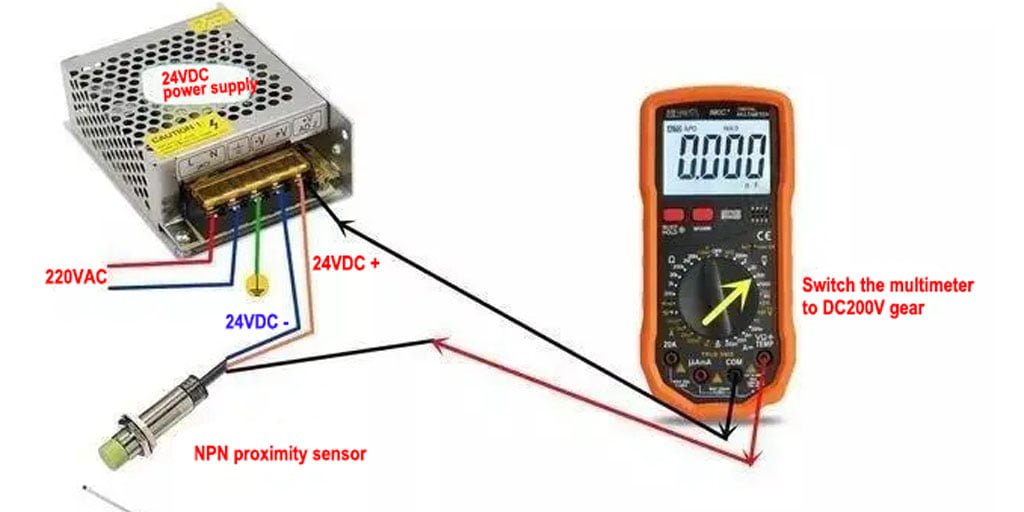
Gire el engranaje del multímetro a la posición de tensión de CC, utilice una fuente de alimentación conmutada como fuente de alimentación para alimentar el interruptor de proximidad, conecte el cable marrón al polo positivo de la fuente de alimentación de CC y conecte el cable azul al polo negativo de la fuente de alimentación de CC.
Acerque el objeto medido al interruptor de proximidad para ver si la salida de la línea negra es tensión positiva o tensión negativa.
Si la salida es una tensión positiva, el sensor es un PNP, y una tensión negativa es un sensor NPN.
Si la línea negra no tiene salida, el interruptor de proximidad está dañado.
Utilice el relé intermedio para probar Un sensor de proximidad
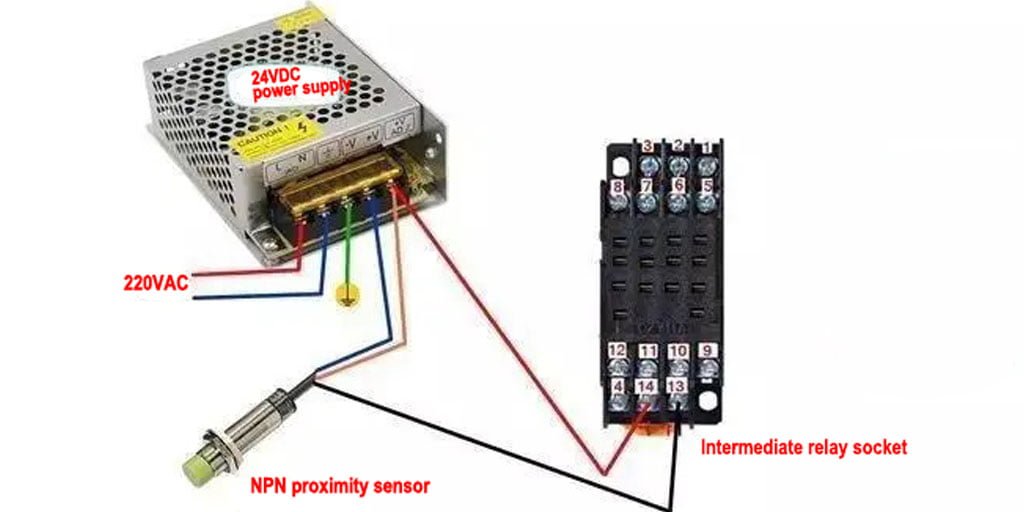
Si no hay multímetro, podemos utilizar el relé intermedio para probar.
El cable negro entra en la bobina del relé, y luego conecta un cable del polo positivo para entrar en la bobina.
Si el relé funciona, el interruptor de proximidad está bien.
Si el relé no funciona, el interruptor de proximidad está dañado.
Conclusión
En resumen, probar un interruptor de proximidad con la alimentación conectada es la forma más sencilla y eficaz de verificar su calidad.
Si sigue sin poder resolver este problema, puede enviar un correo electrónico a shonxu@lorentzzi.com de asistencia.

